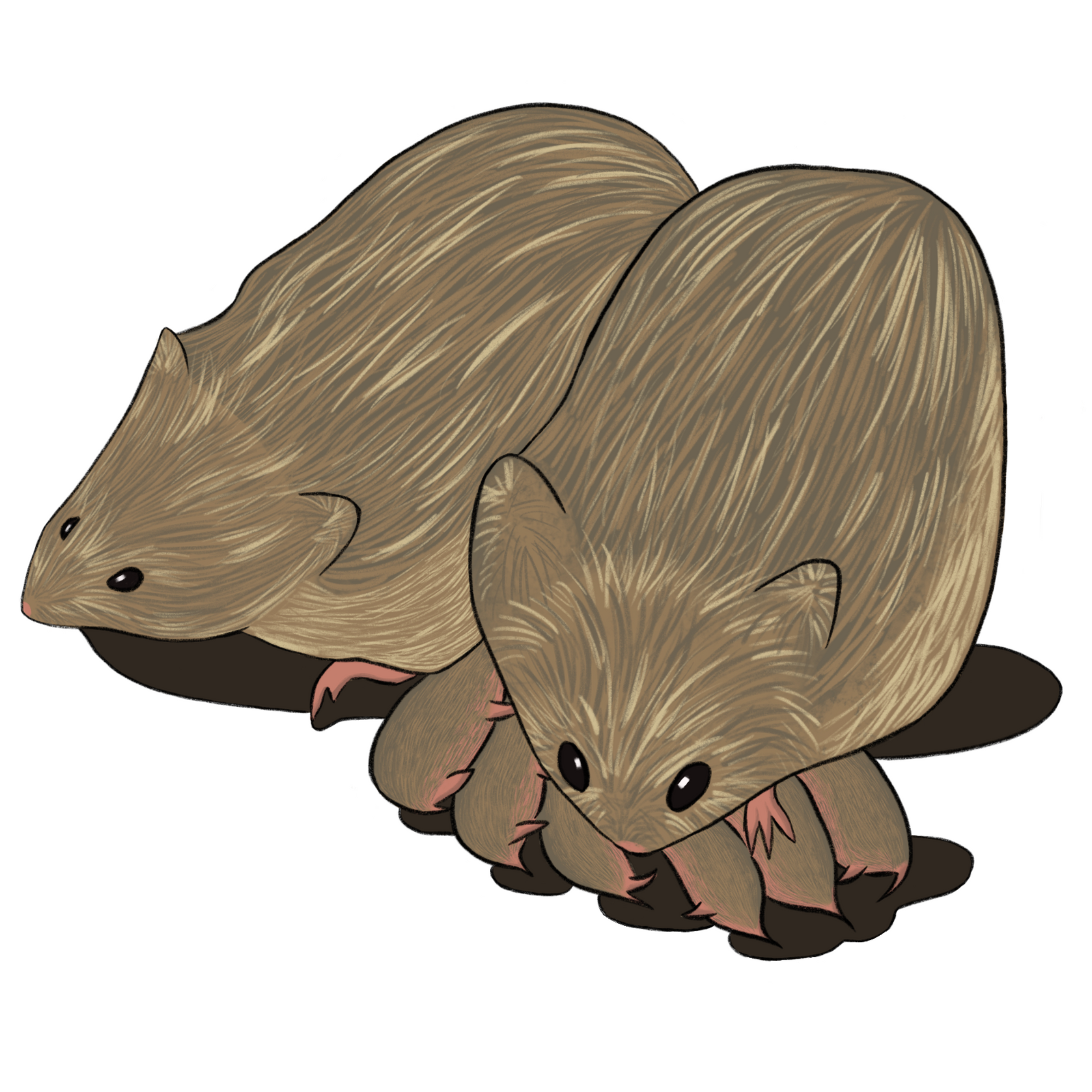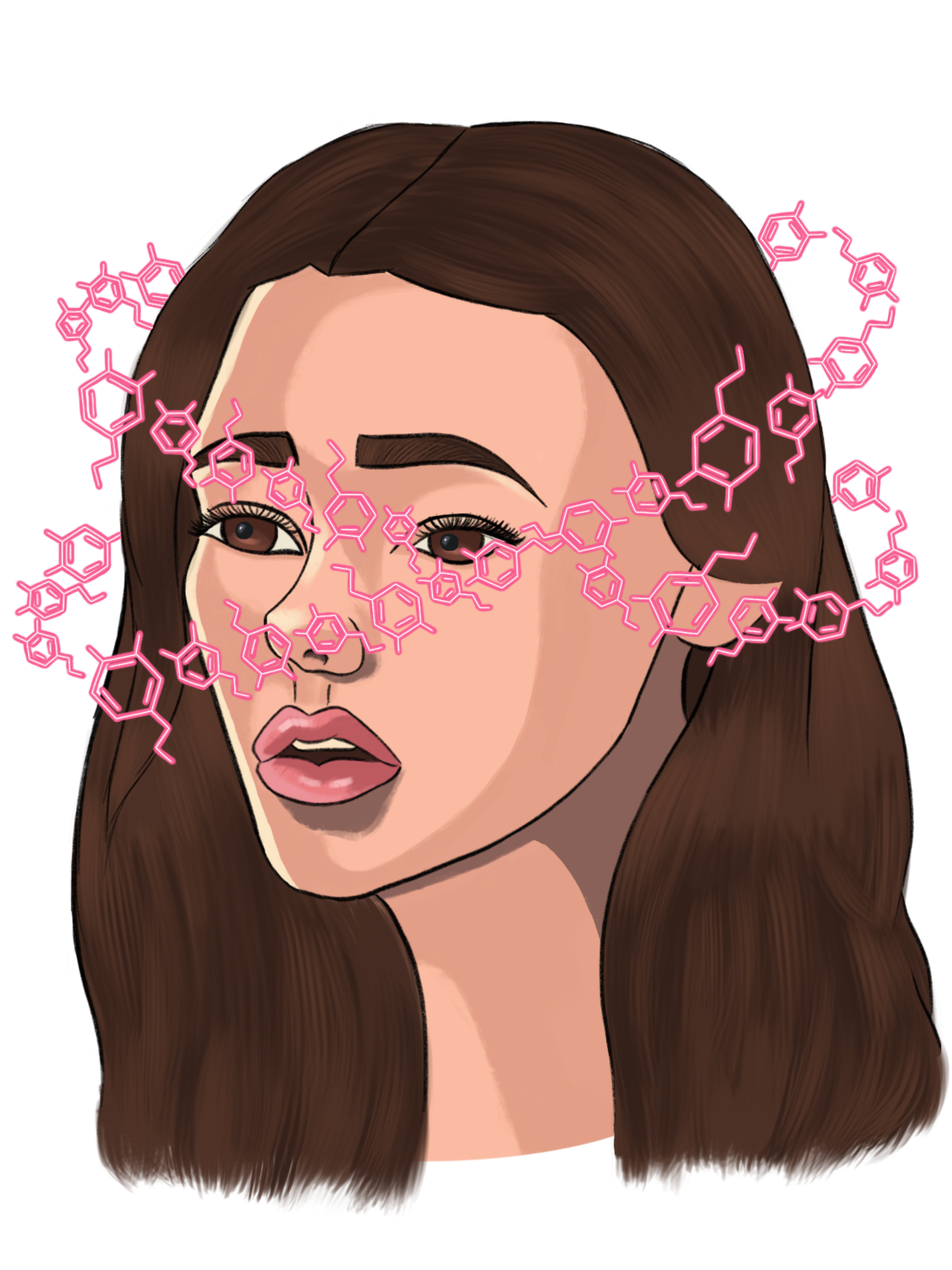Today, the intersection of psychological and neuro-scientific disciplines offer substantial insight into the positive and negative implications of human love. With advancements in fMRI technology, scientists have began exploring the neurobiology underlying love in recent decades. However, our fascination with romance predates the invention of magnetic resonance imaging. From paleolithic archives to contemporary literature, depictions of romantic love throughout history demonstrate the resilience of a near-universal phenomenon capable of withstanding centuries of cultural evolution.
Wired for Connection: Evolution's Blueprint for Bonding
From an evolutionary perspective, the human brain is wired to seek out meaningful interpersonal connection as an essential precursor to procreation [1]. Passionate and intimate emotional connectedness, termed romantic love, is a universal experience posing evolutionary advantages in mate attraction and retention [2]. Romantic love serves as a powerful device for monogamous relationships and a compelling motivator for pair-bonding [3]. The term “pair-bond” describes a powerful affinity between two exclusive mating partners. Humans display a natural disposition for pair-bonding, as social monogamy has been observed cross-culturally [4].
Of Voles and Valentines: Rodent Revelations on Romance
For insight on the biological mechanisms underlying pair-bonding, researchers have turned to the prairie vole [4]. The uniquely monogamous rodent species offers a model appropriate for understanding the biology of monogamy and mating in humans, as voles form long-lasting pair-bonds between mating partners. In 2018, researchers at Emory University conducted a series of experiments exploring the neural mechanisms regulating processes essential for pair-bond formation and maintenance in voles. Following an infusion of oxytocin into the ventricles of the brain, researchers observed an increased inclination to pursue mates in prairie voles. Conversely, the infusion of an oxytocin receptor antagonist, a chemical opposing the effects of oxytocin, prevented mate-pursuit. Thus indicating the role of oxytocin in establishing pair-bonds. Researchers also attribute vasopressin to pair-bonding in voles. In the mammalian brain, vasopressin is responsible for social recognition and territorial behavior. Pair-bonded male prairie voles exhibit aggressive behavior towards male conspecifics as a result of mate-guarding efforts. Researchers at Emory University found the infusion of a vasopressin receptor antagonist reduced territorial aggression in pair-bonded voles, demonstrating the neurotransmitter’s role in the regulation of territorial behavior [4].

By inducing mate guarding behavior in voles, pair-bonding halts further mate-search mechanisms. This phenomenon ensures partners remain together long enough to co-parent offspring. Researchers have documented the functional significance of pair-bonding in humans, suggesting paired individuals display increased lifespans when compared to their unpaired counterparts. Additionally, the benefits of pair-bonding extend beyond paired individuals to their subsequent offspring. Research suggests that bi-parental care is a powerful determinant of physical and psychological well-being in adolescents [5].
Magnetic Resonance & Romance: Exploring the Brain’s Love Affair
As a motivator for pair-bonding, the significance of love is recognizable in the grand scheme of human evolution. The vast evolutionary theories surrounding love are as complex as the biological mechanisms underlying love. Falling in love is a highly euphoric experience with every interaction fueling a sense of initial excitement, termed “limerence.” With advancements in fMRI technology, scientists have documented notable activity in the limerent brain. Experiencing limerence involves neurochemicals and neural activities associated with the mesolimbic dopamine system—the brain’s reward pathway. Dopamine is a neurotransmitter responsible for feelings of pleasure, satisfaction, and motivation [6]. Literature suggests the neurotransmitter is a critical player in the development of romantic relationships.
In 2005, researchers at Albert Einstein College of Medicine conducted a study to determine which reward and motivation systems may be associated with early-stage romantic love. With a cohort of 10 men and 7 women, researchers administered questionnaires to gauge the duration, intensity, and range of feelings experienced by participants towards their romantic partners. Next, fMRI scans measuring brain activity-related blood flow were conducted on participants viewing a photograph of their partners. As predicted, researchers observed significant activation localized in the ventral midbrain—a dopaminergic neuron-rich region of the brain. Thus the study deemed dopamine a possible neurotransmitter responsible for reward and motivation functions in participants experiencing early-stage romantic love [6].

The Overlapping Pathways of Love and Addiction
Extensive research suggests romantic love engages neural systems associated with motivation and reward acquisition. With consideration to overlapping activation in the brain’s reward circuitry, researchers have drawn parallels between love-related phenomena and neural activities in processes associated with addiction [7]. Researchers at the University of Oxford offer two perspectives, a narrow and broad view, to approaching the intersection of love and addiction. The narrow view explores love addiction as a disorder resulting from abnormal brain functioning. In comparison, the broad view redefines addiction as a spectrum of motivation for reward acquisition and introduces love as a natural product of this phenomenon [7].
Addiction theorists highlight the destructive behaviors associated with maladaptive forms of love when making a case for love addiction as a disorder [7]. By definition, love addiction refers to a disorder characterized by intense cravings for romance or intimacy, and obsessive infatuation with potential romantic partners [7]. The disorder is often accompanied by feelings of anxiety, emotional insecurity, and codependency [7]. According to psychologists, individuals experiencing love addiction exhibit obsessive tendencies in the context of budding or established romantic relationships. This manifests as a variety of obsessive-compulsive behaviors ranging in severity from repeated unreciprocated advances to serial dating. Psychologists suggest individuals experiencing love addiction hold unrealistic expectations of love and inevitably develop unhealthy fixations with their partners, often finding themselves in volatile and dysfunctional relationships [8].
Cortisol-Serotonin Interplay: Assessing Love's Neurochemical Balance
Further discussion on the neurochemistry underlying love addiction as a psychological disorder requires us to revisit limerence. During limerence, brain activation patterns begin to mimic those identical to drug-users as every interaction with one’s love interest stimulates a dopamine response to the brain’s reward system resulting in a “limerent high” [9]. Beyond euphoria, researchers often associate limerence with early-stage anxiety in the context of budding relationships, which is expected and perfectly healthy in most circumstances.
In 2016, psychiatrists at the University of Pisa conducted a neuroscientific investigation to measure the levels of pituitary, adrenal and gonadal hormones in a cohort of 24 men and women in recently established romantic relationships [10]. An analysis of venous blood samples found elevated levels of cortisol in participants experiencing early-stage romantic love in comparison to a control group comprised of single individuals and those in long-standing relationships [10]. Cortisol is a natural hormone closely associated with mood and motivation regulation that is produced in response to acute stress. The prolonged secretion of cortisol increases serotonin uptake, depleting neural pathways. Serotonin is a chemical messenger and mood-stabilizer responsible for reducing feelings of depression and anxiety. Significant literature documents an increase in observed obsessive compulsive behavior following reduced serotonin levels. Psychologists propose that an inclination for obsessive compulsive behavior may be responsible for the destructive behaviors strongly associated with love addiction as a disorder.
The Love-Addiction Continuum: A Modern Psychological Perspective
A broader contemporary understanding proposes addiction exists on a spectrum of motivation emerging from reward conditioning [10]. Psychologists at the University of Oxford explain that motivations for reward acquisition are an evolved mechanism by which species learn to engage in evolutionarily favorable behaviors. When applied to the concept of love addiction, this perspective offers rationale for the ranging compulsions surrounding love and related phenomena. Researchers exploring neural correlates of love and addiction propose that love itself, as the product of intrinsic motivation for reward acquisition, is an addiction. Under such a classification even basic basic attachment would land on the spectrum of addiction [10].
Contemporary psychologists explain that love is not an illness, but rather the result of a fundamental human capacity that may be exercised to excess [10]. In addition, they offer a discussion on healthy love: “love that entails insufferable pain, that frustrates other important desires, or that stops one from engaging in objectively worthwhile activities, might reasonably be taken to compromise well-being. The best life is not one that consumed by destructive or mal-adaptive forms of love, but is rather one in which love finds a robust harmony with other sources of the good” [10].
From Neuroscience to Society: Bridging the Gap between Biology and Human Experience
In essence, love, like any powerful force, has dual faces. It can lead to the most profound moments of human happiness, unity, and fulfillment, while also having the potential to drive individuals towards behaviors that can be self-destructive or harmful to others.
The exploration of love from a neuroscientific perspective gives us a window into its power and pervasiveness. It's evident that love is deeply rooted in our biology. From an evolutionary viewpoint, it's a mechanism to ensure the continuation of our species. Beyond the mechanistic viewpoint, love holds a unique and esteemed position in the human experience. Across different cultures, love stories, tragedies, and tales of passion and heartbreak are celebrated and passed down through generations.
Historically, love has been considered a sacred, ethereal feeling, beyond comprehension, and simply to be felt. Modern scientific research does not diminish this notion but adds a layer of understanding to its intricate workings. In the light of these findings, it becomes crucial for individuals and societies to recognize the importance of fostering healthy relationship dynamics. After all, while love is a deeply personal experience, its implications extend beyond individuals to shape the social fabric of communities and societies at large.
The vast world of love, from its neurological underpinnings to its societal implications, is a testament to its central role in the human experience. Whether examined through the lens of biology, psychology, history, or art, love is a consistent thread that weaves through our understanding of human behavior and culture. It shapes our personal interactions, drives many of our decisions, and influences societal norms and values. Across disciplines and over time, love remains a fundamental aspect of our shared humanity, showcasing its importance in both individual lives and the broader fabric of society.
References
- Zeki, S. “The Neurobiology of Love.” FEBS Letters, vol. 581, no. 14, May 2007, pp. 2575–79, https://doi.org/10.1016/j.febslet.2007.03.094.
- Campbell, Lorne & Ellis, Bruce. (2005). Commitment, love, and mate retention. https://instruct.uwo.ca/psychology/371g/Campbell2005.doc
- Bode, Adam, and Geoff Kushnick. “Proximate and Ultimate Perspectives on Romantic Love.” Frontiers in Psychology, vol. 12, no. 573123, Apr. 2021, https://doi.org/10.3389/fpsyg.2021.573123.
- Walum, Hasse, and Larry J. Young. “The Neural Mechanisms and Circuitry of the Pair Bond.” Nature Reviews Neuroscience, vol. 19, no. 11, Oct. 2018, pp. 643–54, https://doi.org/10.1038/s41583-018-0072-6.
- Young, Kimberly A., et al. “The Neurobiology of Pair Bonding: Insights from a Socially Monogamous Rodent.” Frontiers in Neuroendocrinology, vol. 32, no. 1, Jan. 2011, pp. 53–69, https://doi.org/10.1016/j.yfrne.2010.07.006.
- Aron, Arthur, et al. “Reward, Motivation, and Emotion Systems Associated with Early-Stage Intense Romantic Love.” Journal of Neurophysiology, vol. 94, no. 1, July 2005, pp. 327–37, https://doi.org/10.1152/jn.00838.2004.
- Earp, Brian D., et al. “Addicted to Love: What Is Love Addiction and When Should It Be Treated?” Philosophy, Psychiatry, & Psychology, vol. 24, no. 1, 2017, pp. 77–92, https://doi.org/10.1353/ppp.2017.0011.
- Sussman, Steve. “Love Addiction: Definition, Etiology, Treatment.” Sexual Addiction & Compulsivity, vol. 17, no. 1, Mar. 2010, pp. 31–45, https://doi.org/10.1080/10720161003604095.
- Zou, Zhiling, et al. “Romantic Love vs. Drug Addiction May Inspire a New Treatment for Addiction.” Frontiers in Psychology, vol. 7, Sept. 2016, https://doi.org/10.3389/fpsyg.2016.01436.
- Marazziti, Donatella, and Domenico Canale. “Hormonal Changes When Falling in Love.” Psychoneuroendocrinology, vol. 29, no. 7, Aug. 2004, pp. 931–36, https://doi.org/10.1016/j.psyneuen.2003.08.006.
